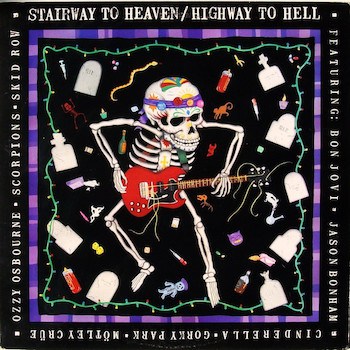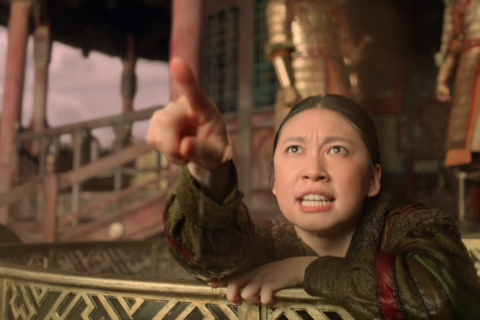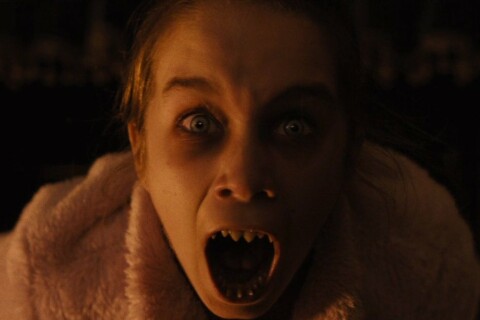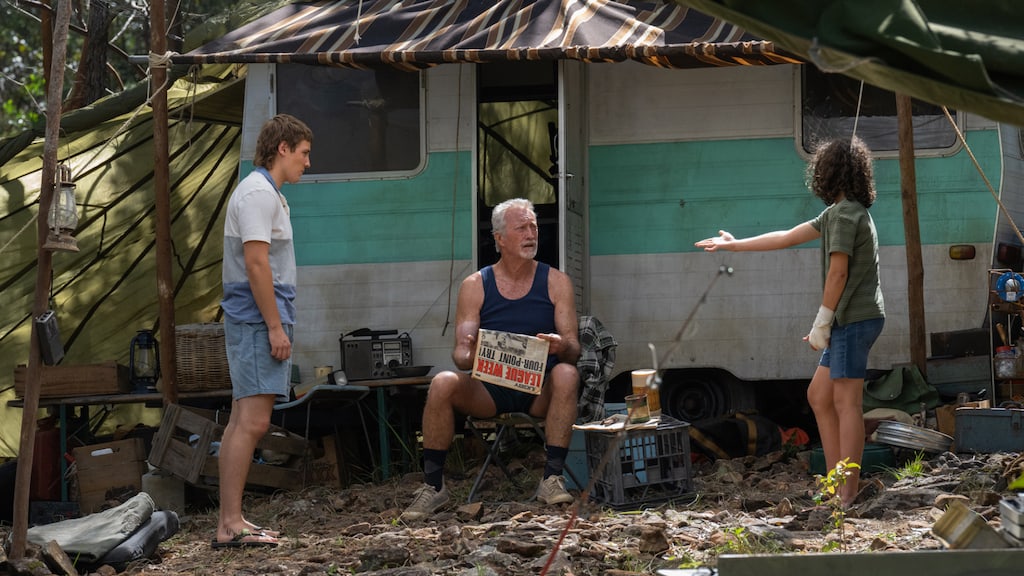Summary
Samsung QN900B 8K TV REVIEW
You haven’t seen anything until you’ve watched The Rings Of Power on Samsung’s new 8K QN900B TV, writes PAT PILCHER.
From $7200
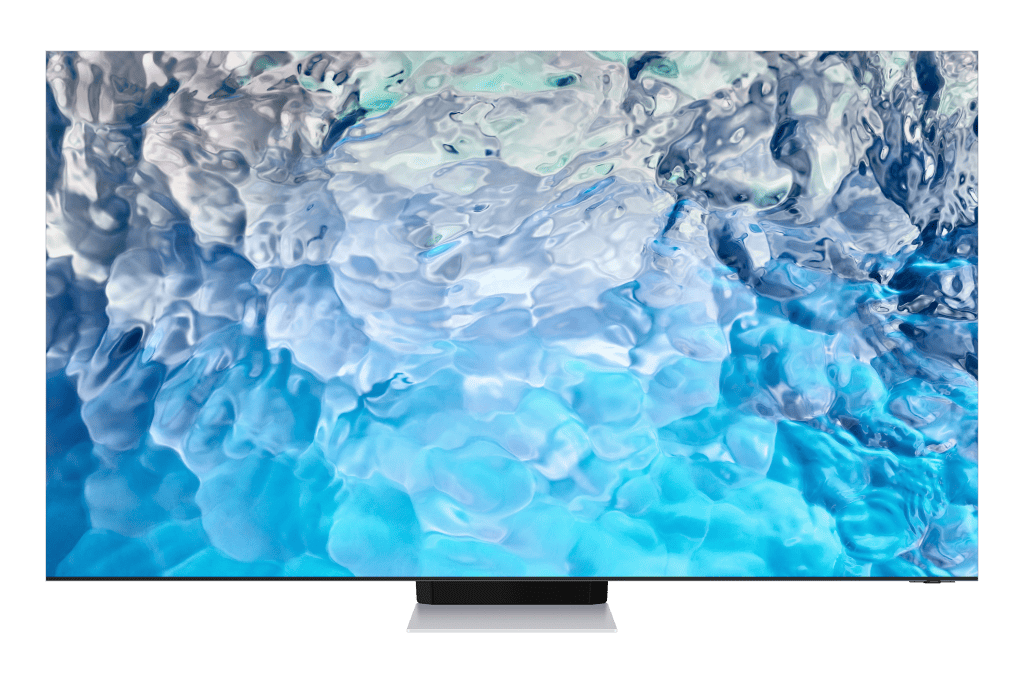
 Samsung kindly loaned me their latest 8K QLED telly, the QN900B, so that I could catch The Rings Of Power on it. The QN900B is a game changer for LCD TVs and sports a swathe of refinements. These include mini LED backlighting and Quantum Dot filters that deliver pure colours. It also has an 8K Neural Quantum Processor for image processing that pushes the ultra-high resolution display panel to its limits.
Samsung kindly loaned me their latest 8K QLED telly, the QN900B, so that I could catch The Rings Of Power on it. The QN900B is a game changer for LCD TVs and sports a swathe of refinements. These include mini LED backlighting and Quantum Dot filters that deliver pure colours. It also has an 8K Neural Quantum Processor for image processing that pushes the ultra-high resolution display panel to its limits.
Like earlier Sammy TVs, the QN900B uses a slimline One Connect box to keep input connections and cable clutter manageable. Add to this a cleverly designed and skilfully hidden array of speakers that support Object Tracking and Dolby Atmos, and the AV experience is not too shabby. If that isn’t enough, Alexa integration means I was able to tap into video feeds of the Ring Cameras dotted around my home, control smart home devices and so on, all from the comfort of the TV.
The QN900B loaner was a sizeable 65-inch unit. It can also be had in even larger and more cinematic 75 and 85-inch sizes.
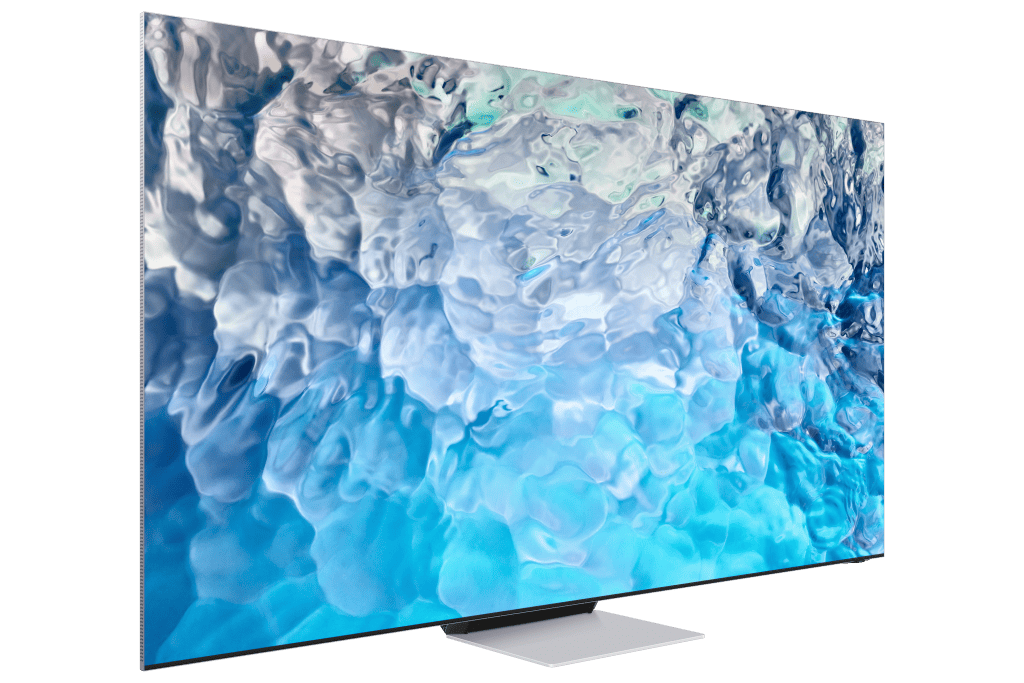 The Samsung QN900B has a sleek and discrete chassis. Incredibly for an LCD TV, it is only 15mm deep which speaks to its intricate watchmaker-like construction. Its screen looks almost bezel-free, minimising distractions from the peeper-pleasing on-screen goodness delivered into my lounge.
The Samsung QN900B has a sleek and discrete chassis. Incredibly for an LCD TV, it is only 15mm deep which speaks to its intricate watchmaker-like construction. Its screen looks almost bezel-free, minimising distractions from the peeper-pleasing on-screen goodness delivered into my lounge.
Its stand provides stable support and doesn’t require much surface space for installation. The QN900B can also be wall-mounted using Samsung’s optional Slim Fit wall bracket. Because there’s only one cable connecting the TV to the One Connect box, getting a tidy professional look when wall mounting isn’t too difficult.
On the input front, the One Connect box is home to 4x HDMI inputs, and one of these also supports eARC. All inputs can handle 8K/60, 4K/120, VRR (variable refresh rate) and ALLM (auto low-latency mode). These combine to make the QN900B the perfect companion for PS5 and Xbox X gamers. As well as HDMI, you also get 3x USB ports (two are USB2.0 and the third supports USB3.0). Terrestrial and satellite digital tuners a baked in, and there’s also an Ethernet port. Wi-Fi, Bluetooth and Apple AirPlay 2 are also present.
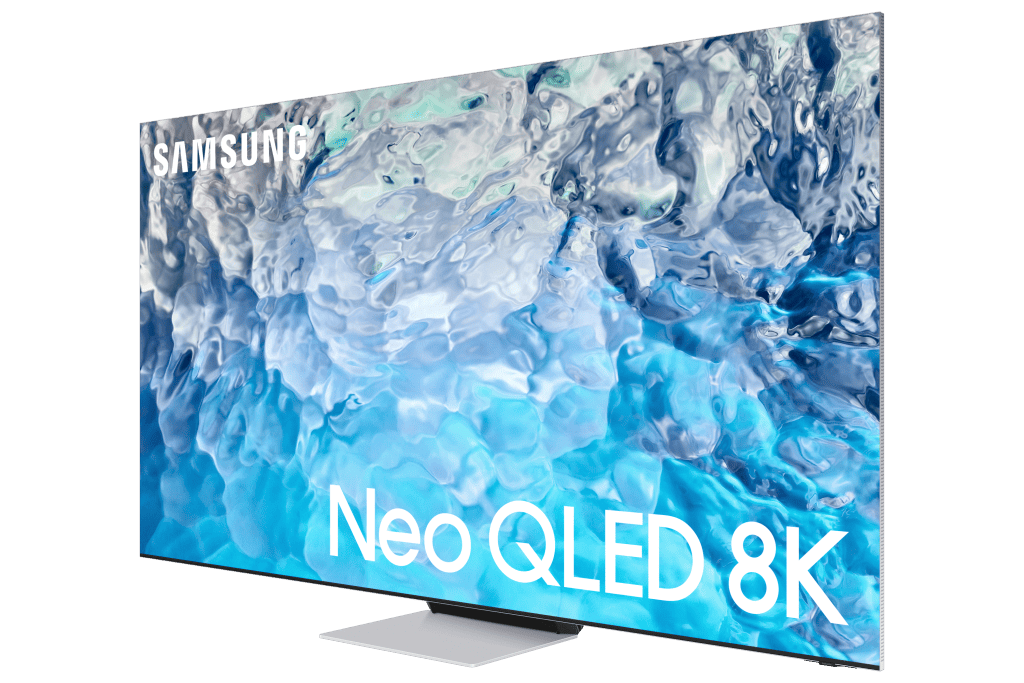 The remote never needs a battery as it charges off ambient lighting via a solar cell on its back. It can also harvest energy from your Wi-Fi. As with earlier remotes, its design leans towards Zen-like simplicity with dedicated buttons for Netflix, Prime Video, Disney+, a D-Pad and centre click pad, a back button and a mic for Alexa interaction. The UI is Tizen-powered and has a full-screen homepage. When combined with the remote, it’s a pickup-and-go experience. There’s no RTFM (reading the f*cking manual) needed. Most streaming services are present. All the usual suspects – Netflix, Prime Video, Apple TV+, Disney+, YouTube, TVNZ, Three, Neon and so on are there.
The remote never needs a battery as it charges off ambient lighting via a solar cell on its back. It can also harvest energy from your Wi-Fi. As with earlier remotes, its design leans towards Zen-like simplicity with dedicated buttons for Netflix, Prime Video, Disney+, a D-Pad and centre click pad, a back button and a mic for Alexa interaction. The UI is Tizen-powered and has a full-screen homepage. When combined with the remote, it’s a pickup-and-go experience. There’s no RTFM (reading the f*cking manual) needed. Most streaming services are present. All the usual suspects – Netflix, Prime Video, Apple TV+, Disney+, YouTube, TVNZ, Three, Neon and so on are there.
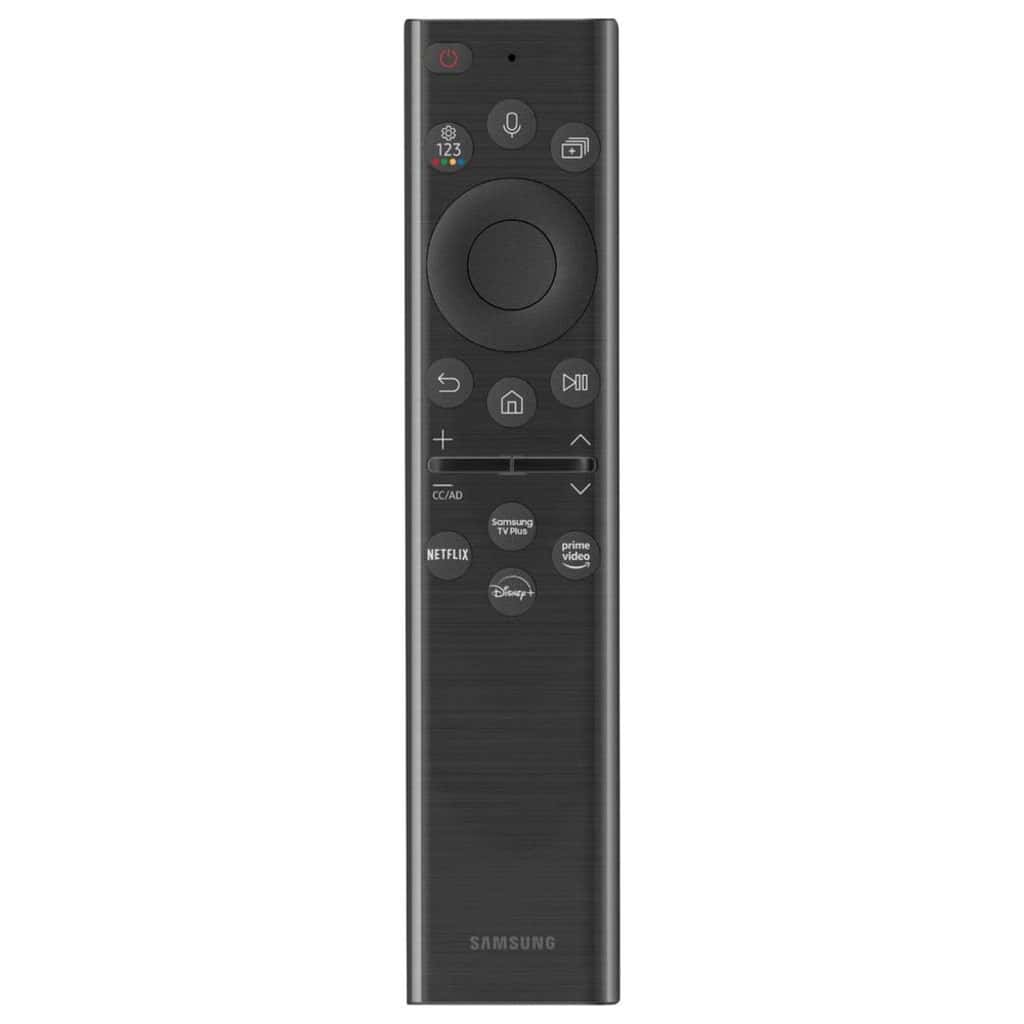 When it comes to audio, the QN900B uses what Samsung calls Object Tracking Sound Pro (OTS Pro). It uses multi-directional speakers around the edge of the screen to fire audio at the viewer in sync with the on-screen action. If an actor walks from left to right on the screen while talking, their dialogue also moves left to right. Upwards-firing speakers and Dolby Atmos add height to the soundstage, plus there’s plenty of bass thanks to a whopping six woofers!
When it comes to audio, the QN900B uses what Samsung calls Object Tracking Sound Pro (OTS Pro). It uses multi-directional speakers around the edge of the screen to fire audio at the viewer in sync with the on-screen action. If an actor walks from left to right on the screen while talking, their dialogue also moves left to right. Upwards-firing speakers and Dolby Atmos add height to the soundstage, plus there’s plenty of bass thanks to a whopping six woofers!
There isn’t much native 8K content available. Still, the image processing does an incredible job of upscaling video to make full use of the screen’s 33 million pixels to deliver eye-popping on-screen video. The level of detail available is boggling.
 Micro LED backlighting also allows for deep blacks and brilliant whites with little blooming. Watching The Rings Of Power (see my review further down the page), I did notice subtle brightness changes on black screen areas when subtitling was used. In use, Micro LEDs translate into 1920 (that’s 60 x 32) full array local dimming zones.
Micro LED backlighting also allows for deep blacks and brilliant whites with little blooming. Watching The Rings Of Power (see my review further down the page), I did notice subtle brightness changes on black screen areas when subtitling was used. In use, Micro LEDs translate into 1920 (that’s 60 x 32) full array local dimming zones.
While near OLED-level contrast is delivered, shadow detail and night scenes are still viewable. This is largely due to 14-bit image mapping and HDR support that lifts fine detail out of shadows while keeping contrast levels accurate.
Speaking of HDR, there’s support for HDR10, HLG (Hybrid Log-Gamma), and HDR10+, but bizarrely for a flagship TV, Samsung has no Dolby Vision support. That said, its absence wasn’t conspicuous as on-screen images popped.
 Being an LCD beastie, I was also impressed by its motion handling. Judder and edge artefacts were nowhere to be seen. When combined with the QN900B’s colour and contrast capabilities, you’d be hard-pressed to tell the difference between it and most OLED panels. Put simply, anyone looking for a state-of-the-art 8K gamer-friendly TV that’s crammed with goodies should give the QN900B serious consideration.
Being an LCD beastie, I was also impressed by its motion handling. Judder and edge artefacts were nowhere to be seen. When combined with the QN900B’s colour and contrast capabilities, you’d be hard-pressed to tell the difference between it and most OLED panels. Put simply, anyone looking for a state-of-the-art 8K gamer-friendly TV that’s crammed with goodies should give the QN900B serious consideration.
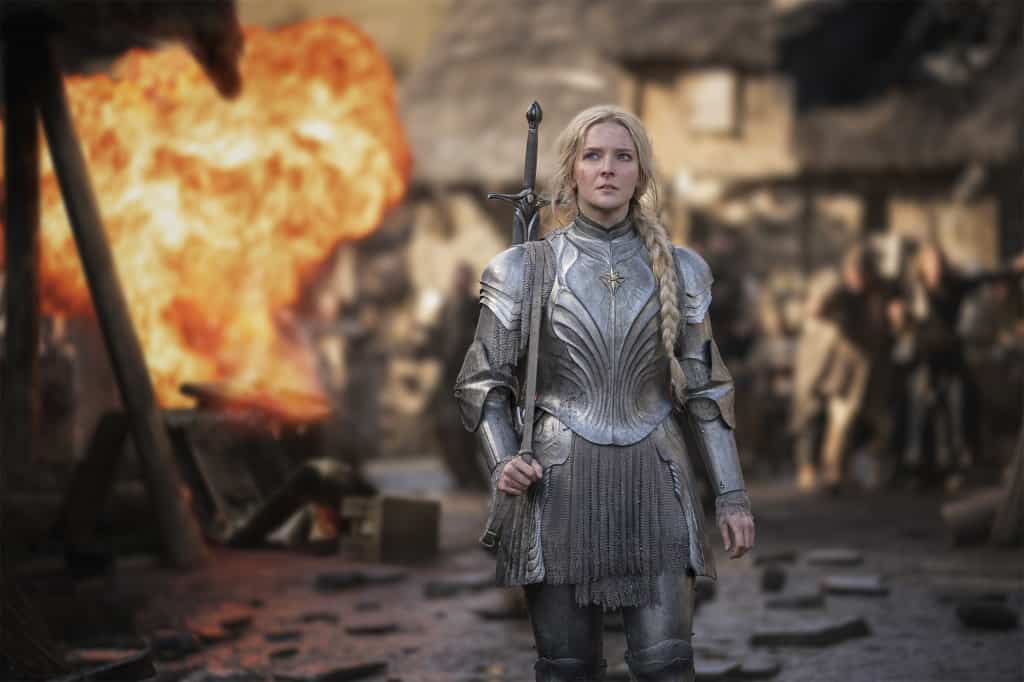 The Rings Of Power: Grab your Pop Corn!
The Rings Of Power: Grab your Pop Corn!
Unless you’ve been living in a cave, you’ve probably heard of The Lord Of The Rings: The Rings Of Power, which streams on Amazon’s Prime Video service. Set in Tolkien’s universe, The Rings Of Power expands on the much-loved books and movies.
Samsung kindly loaned me their latest 8K QLED telly, the rather amazing QN900B. It turned out to be an incredibly fortuitous thing as the visuals in The Rings Of Power are incredibly lush and beautifully filmed, looking utterly stunning in upscaled 8K. I was so entranced with the gorgeous cinematography and central South Island set pieces that I spent the entire first episode using all 65-inches of the QN900B to take in the stunning landscapes of the Elven, Dwarven, Human and Harfoot kingdoms. The sheer cinematic quality of the visuals is utterly compelling.
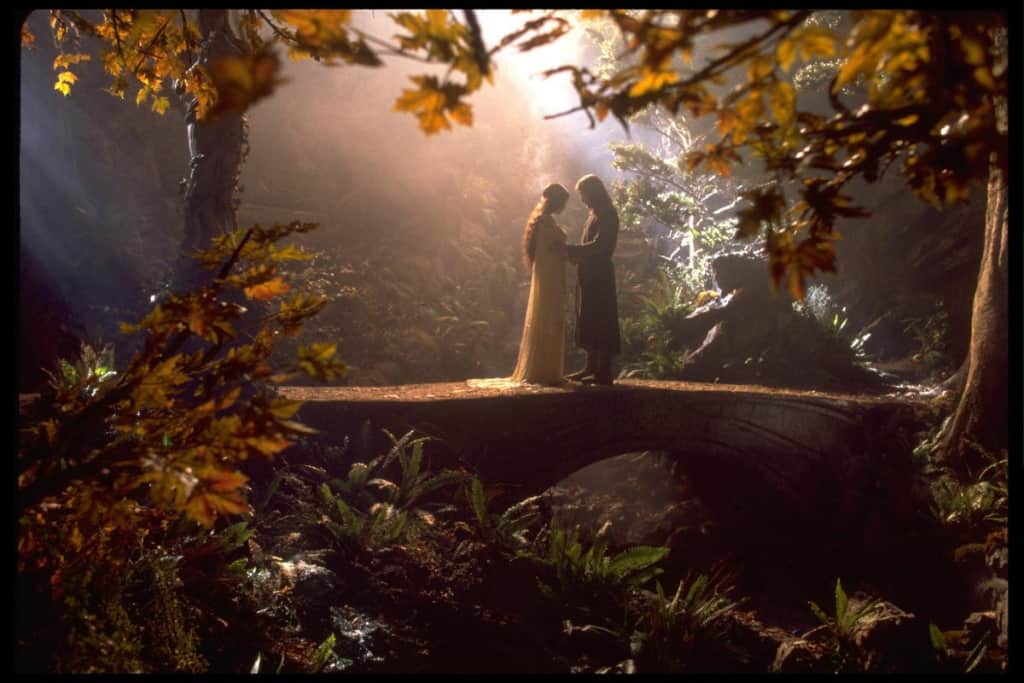 As visually stunning as The Rings Of Power may be, it’s also proving divisive. Being crafted out of the Tolkien universe, the world it is set in has a huge following. Because of this, it’s subject to a huge weight of expectation from viewers the world over. Since episodes began to pop up on Amazon Prime, viewers have been effusive while some Tolkien purists have been ripping out their hair.
As visually stunning as The Rings Of Power may be, it’s also proving divisive. Being crafted out of the Tolkien universe, the world it is set in has a huge following. Because of this, it’s subject to a huge weight of expectation from viewers the world over. Since episodes began to pop up on Amazon Prime, viewers have been effusive while some Tolkien purists have been ripping out their hair.
Personally, I liked it. Its opening episode throws the viewer into the Tolkien world through the eyes of a young Galadriel and races through the defeat of the ultra-baddy, Morgoth. There’s a lot to unpack in the first few episodes, and a little familiarity with the universe via the books or films really helps. Much of the show’s earlier episodes revolve around Galadriel who aside from being a real “don’t fuck with me” type character is also incredibly likeable.
The various characters in the show add to its multifaceted depth. Elves bring passion, the Harfoots, (who include Lenny Henry) add a level humanity and relatability (even if their faux-Irish accents are grating), while the Dwarves add depth.
 The pace of show feels good. It has its quiet and thoughtful moments, but these are punctuated by riveting action scenes at just the right times. That said, some of the acting feels a tad awkward, but not enough to detract from the overall spectacle of the show.
The pace of show feels good. It has its quiet and thoughtful moments, but these are punctuated by riveting action scenes at just the right times. That said, some of the acting feels a tad awkward, but not enough to detract from the overall spectacle of the show.
If you’re looking for an excuse to buy a large ultra-high-def TV, subscribe to Amazon Prime Video and grab yourself a big QLED TV from the folks at Sammy. Grab some popcorn and settle in, you really won’t regret it.




